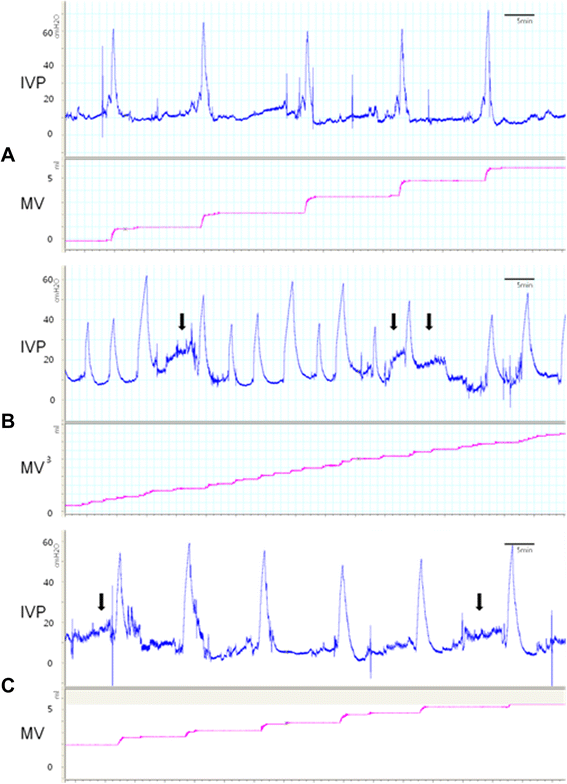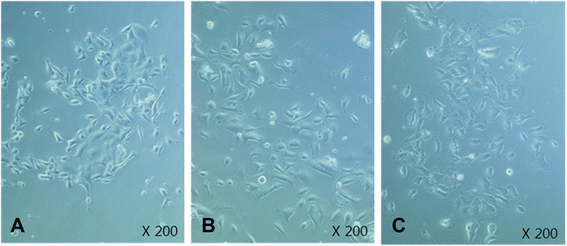Expression of brain derived-neurotrophic factor and granulocyte-colony stimulating factor in the urothelium: relation with voiding function
- PMID: 25951823
- PMCID: PMC4436171
- DOI: 10.1186/s12894-015-0036-3
Expression of brain derived-neurotrophic factor and granulocyte-colony stimulating factor in the urothelium: relation with voiding function
Abstract
Background: We designed this experiment to elucidate the relationship between the expression of brain derived-neurotrophic factor (BDNF), the expression of granulocyte-colony stimulating factor (G-CSF), and the development of overactive bladder (OAB). In our previous study, the urothelium was observed to be more than a simple mechanosensory receptor and was found to be a potential therapeutic target for OAB. Moreover, neuregulin-1 and BDNF were found to be potential new biomarkers of OAB. Here, we investigated the relationship between changes in the voiding pattern and the expression of BDNF and G-CSF in the urothelium and evaluated the effects of 5-hydroxymethyl tolterodine (5-HMT) on rats with bladder outlet obstruction (BOO).
Methods: A total of 100 Sprague-Dawley rats were divided into the following groups: 20 control rats; 40 BOO rats; and 40 BOO rats administered 5-HMT (0.1 mg/kg). After BOO was induced for 4 weeks, the rats were assessed by cystometrography. The changes in BDNF and G-CSF expression were examined in both separated urothelial tissues and in cultured urothelial cells by reverse transcription polymerase chain reaction (RT-PCR).
Results: BOO rats showed increased non-voiding activity [NVA; (number/10 voidings)] and bladder weight and decreased micturition volume (MV), micturition interval (MI), and micturition time (MT) relative to the controls. Moreover, the 5-HMT administration rats showed decreased NVA and bladder weight and increased MV and MI in comparison to the BOO rats. BDNF and G-CSF expression was increased in BOO rats and decreased following 5-HMT administration. In this model, voiding dysfunction developed as a result of BOO. As a therapeutic agent for OAB, the administration of 5-HMT improved the voiding dysfunction.
Conclusions: BDNF and G-CSF might modulate voiding patterns through micturition pathways and might be involved only in the urothelium. Moreover, the expression of both genes in the urothelium might be related to voiding dysfunction in OAB patients. Thus, the urothelium has an important role in the manifestation of voiding symptoms.
Figures




References
-
- Abrams P, Cardozo L, Fall M, Griffiths D, Rosier P, Ulmsten U, et al. The standardisation of terminology of lower urinary tract function: report from the Standardisation Sub-committee of the International Continence Society. Neurourol Urodyn. 2002;21(2):167–78. doi: 10.1002/nau.10052. - DOI - PubMed
-
- Steers WD, De Groat WC. Effect of bladder outlet obstruction on micturition reflex pathways in the rat. J Urol. 1988;140(4):864–71. - PubMed
-
- Pinto R, Frias B, Allen S, Dawbarn D, McMahon SB, Cruz F, et al. Sequestration of brain derived nerve factor by intravenous delivery of TrkB-Ig2 reduces bladder overactivity and noxious input in animals with chronic cystitis. Neuroscience. 2010;166(3):907–16. doi: 10.1016/j.neuroscience.2010.01.015. - DOI - PubMed
Publication types
MeSH terms
Substances
LinkOut - more resources
Full Text Sources
Other Literature Sources
Medical
Research Materials

